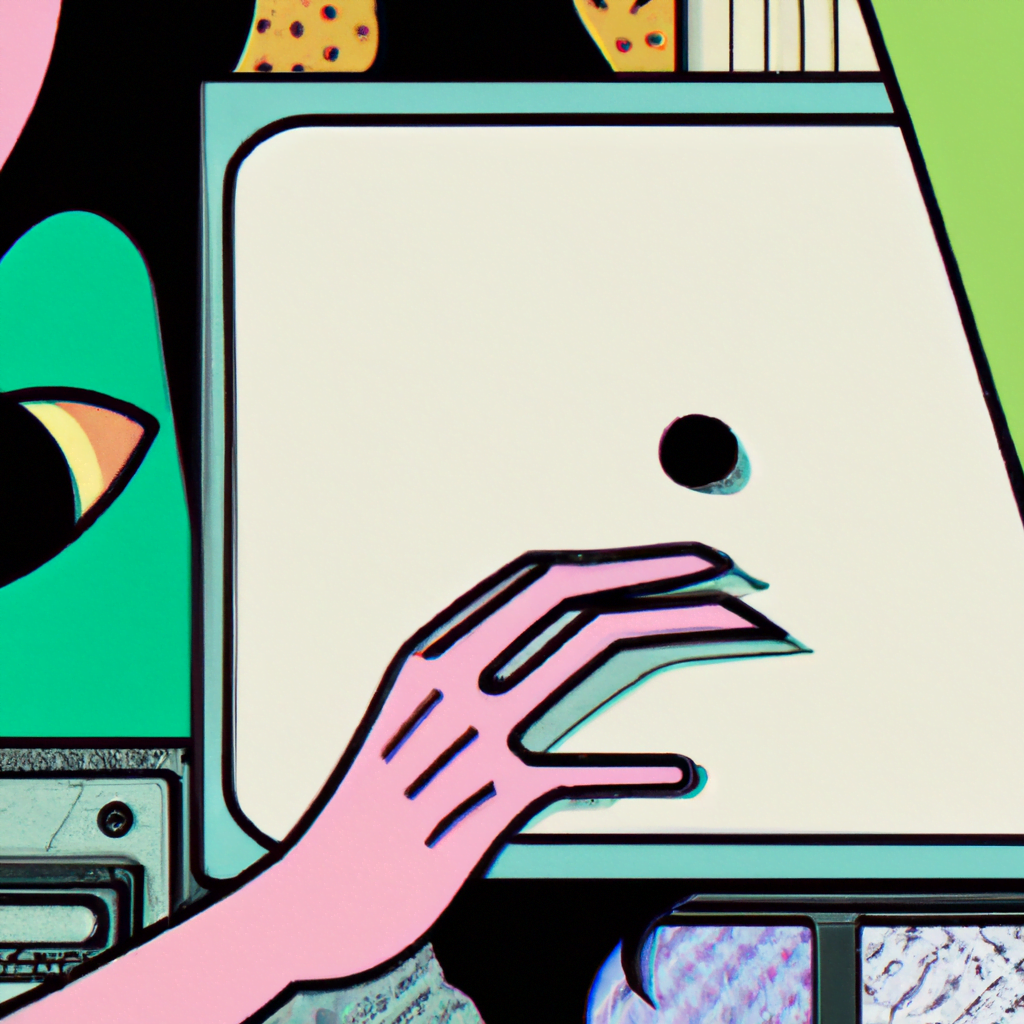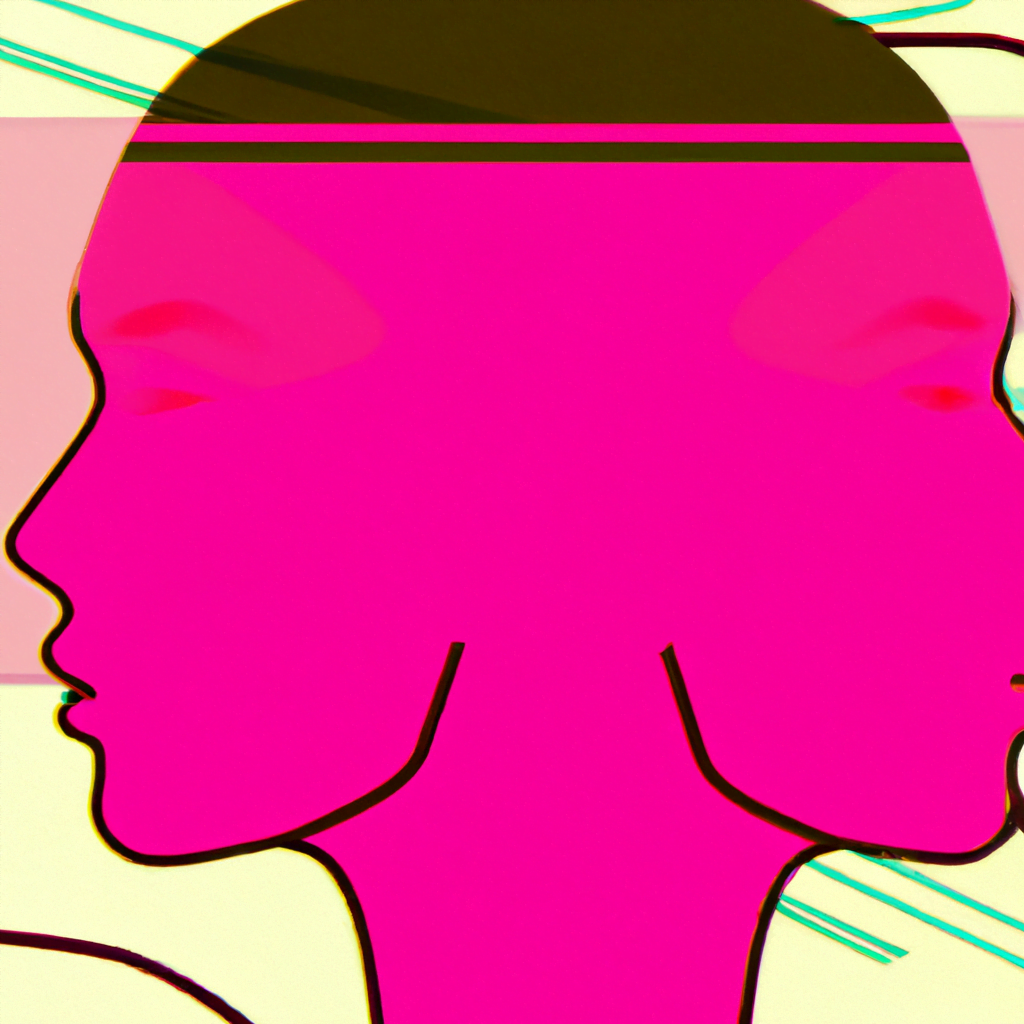
AI in Social Media Graphics: Enhancing Engagement and Reach

Social media has become an integral part of our lives, with billions of people actively using platforms like Facebook, Instagram, and Twitter. As the popularity of social media continues to grow, businesses and individuals are constantly seeking ways to stand out and capture the attention of their target audience. One effective way to achieve this is through the use of visually appealing graphics. In recent years, artificial intelligence (AI) has emerged as a powerful tool in creating and enhancing social media graphics, leading to increased engagement and reach. In this article, we will explore the various ways AI is revolutionizing social media graphics and the benefits it brings to businesses and individuals.
The Power of Visuals in Social Media
Visual content has proven to be highly effective in capturing and retaining the attention of social media users. According to a study by HubSpot, tweets with images receive 150% more retweets than those without. Similarly, Facebook posts with images have been found to generate 2.3 times more engagement than those without. These statistics highlight the importance of incorporating visuals into social media strategies.
However, creating visually appealing graphics can be a time-consuming and challenging task, especially for individuals and businesses without design expertise. This is where AI comes in, offering a range of tools and technologies that simplify the process of creating eye-catching graphics.
AI-Powered Graphic Design Tools
AI-powered graphic design tools leverage machine learning algorithms to automate and enhance the design process. These tools enable users to create professional-looking graphics without the need for extensive design skills or experience. Let’s explore some popular AI-powered graphic design tools:
1. Canva
Canva is a widely-used graphic design platform that incorporates AI to simplify the design process. It offers a vast library of templates, images, and fonts, making it easy for users to create visually appealing graphics. Canva’s AI algorithms also provide design suggestions and recommendations, ensuring that users create aesthetically pleasing designs.
2. Adobe Sensei
Adobe Sensei is an AI-powered technology developed by Adobe, the industry leader in design software. It offers a range of AI-driven features, including automated image cropping, font matching, and color palette suggestions. These features enable users to create visually consistent and engaging graphics effortlessly.
3. Piktochart
Piktochart is a popular infographic design tool that utilizes AI to simplify the creation of data-driven graphics. It offers a wide range of templates and customization options, allowing users to create visually appealing infographics without the need for design expertise. Piktochart’s AI algorithms also provide data visualization suggestions, ensuring that users effectively communicate their message.
Enhancing Engagement with AI-Generated Graphics
AI not only simplifies the design process but also enhances engagement with social media graphics. Let’s explore how AI achieves this:
1. Personalization
AI-powered graphic design tools enable users to personalize their graphics by incorporating dynamic elements. For example, a social media post can include personalized text or images based on the user’s location, interests, or previous interactions. This level of personalization creates a more tailored and engaging experience for the audience, increasing the likelihood of interaction and sharing.
2. A/B Testing
AI algorithms can analyze the performance of different graphics and identify the elements that resonate most with the target audience. By conducting A/B tests, businesses and individuals can determine which graphics generate the highest engagement and optimize their social media strategy accordingly. This data-driven approach ensures that graphics are designed to maximize reach and engagement.
3. Real-time Optimization
AI-powered graphic design tools can analyze real-time data, such as user behavior and preferences, to optimize graphics for maximum engagement. For example, if a particular color or image is generating higher click-through rates, the AI algorithms can automatically adjust future graphics to incorporate those elements. This real-time optimization ensures that social media graphics are always tailored to the audience’s preferences, leading to increased engagement.
Case Studies: AI in Social Media Graphics
Several businesses have successfully leveraged AI in their social media graphics, resulting in improved engagement and reach. Let’s explore a few case studies:
1. Coca-Cola
Coca-Cola, one of the world’s most recognizable brands, utilized AI to create personalized graphics for their “Share a Coke” campaign. The AI algorithms analyzed user data, such as names and interests, to generate personalized graphics featuring individual names on Coca-Cola bottles. This campaign resulted in a significant increase in social media engagement, with users sharing their personalized graphics and generating buzz around the brand.
2. Airbnb
Airbnb, a leading online marketplace for vacation rentals, used AI to enhance the visual appeal of their social media graphics. By analyzing user preferences and behavior, AI algorithms identified the most visually appealing images and automatically incorporated them into social media posts. This data-driven approach resulted in a 40% increase in engagement and a 300% increase in click-through rates for Airbnb’s social media campaigns.
The Future of AI in Social Media Graphics
As AI continues to advance, we can expect even more exciting developments in the field of social media graphics. Here are some potential future trends:
1. Deep Learning for Image Recognition
Deep learning algorithms can analyze vast amounts of visual data and identify patterns, enabling AI to automatically generate graphics based on user preferences and trends. This technology has the potential to revolutionize the design process, allowing businesses and individuals to create highly personalized and engaging graphics effortlessly.
2. Augmented Reality (AR) Integration
AR technology can overlay digital content onto the real world, creating immersive and interactive experiences. Integrating AI with AR in social media graphics can enable users to interact with graphics in real-time, enhancing engagement and creating memorable experiences. For example, users could virtually try on clothing items or visualize how furniture would look in their homes.
Summary
AI has transformed the way social media graphics are created and optimized. By leveraging AI-powered graphic design tools, businesses and individuals can create visually appealing graphics without the need for extensive design skills. AI also enhances engagement by enabling personalization, conducting A/B testing, and optimizing graphics in real-time. Case studies have shown that AI can significantly improve social media engagement and reach. As AI continues to advance, we can expect even more exciting developments, such as deep learning for image recognition and AR integration. Embracing AI in social media graphics is essential for businesses and individuals looking to stand out and capture the attention of their target audience in an increasingly competitive digital landscape.
